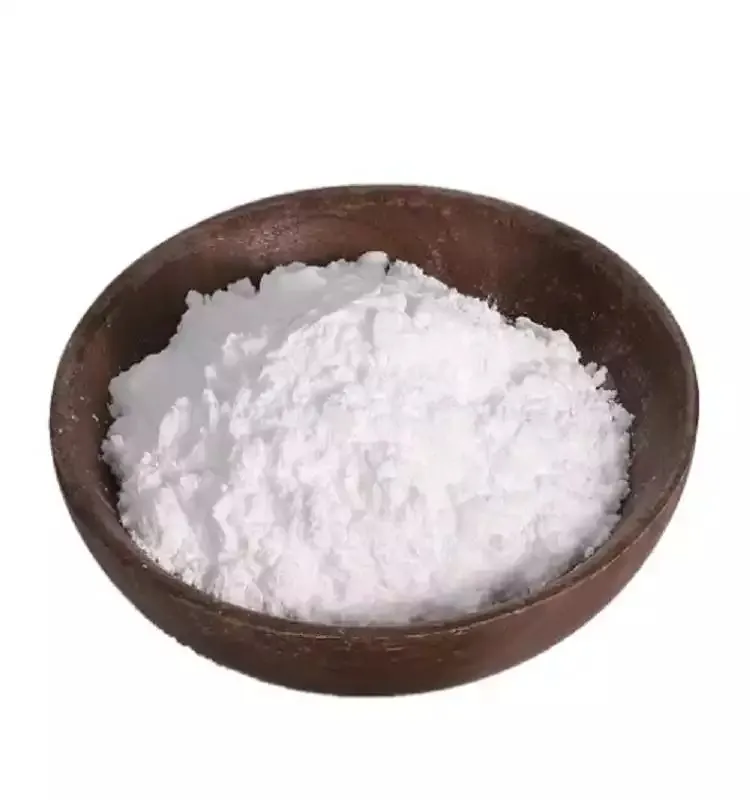Warning: Undefined array key "title" in /home/www/wwwroot/HTML/www.exportstart.com/wp-content/themes/1198/header.php on line 6
Warning: Undefined array key "file" in /home/www/wwwroot/HTML/www.exportstart.com/wp-content/themes/1198/header.php on line 7
Warning: Undefined array key "title" in /home/www/wwwroot/HTML/www.exportstart.com/wp-content/themes/1198/header.php on line 7
Warning: Undefined array key "title" in /home/www/wwwroot/HTML/www.exportstart.com/wp-content/themes/1198/header.php on line 7
- Afrikaans
- Albanian
- Amharic
- Arabic
- Armenian
- Azerbaijani
- Basque
- Belarusian
- Bengali
- Bosnian
- Bulgarian
- Catalan
- Cebuano
- China
- China (Taiwan)
- Corsican
- Croatian
- Czech
- Danish
- Dutch
- English
- Esperanto
- Estonian
- Finnish
- French
- Frisian
- Galician
- Georgian
- German
- Greek
- Gujarati
- Haitian Creole
- hausa
- hawaiian
- Hebrew
- Hindi
- Miao
- Hungarian
- Icelandic
- igbo
- Indonesian
- irish
- Italian
- Japanese
- Javanese
- Kannada
- kazakh
- Khmer
- Rwandese
- Korean
- Kurdish
- Kyrgyz
- Lao
- Latin
- Latvian
- Lithuanian
- Luxembourgish
- Macedonian
- Malgashi
- Malay
- Malayalam
- Maltese
- Maori
- Marathi
- Mongolian
- Myanmar
- Nepali
- Norwegian
- Norwegian
- Occitan
- Pashto
- Persian
- Polish
- Portuguese
- Punjabi
- Romanian
- Russian
- Samoan
- Scottish Gaelic
- Serbian
- Sesotho
- Shona
- Sindhi
- Sinhala
- Slovak
- Slovenian
- Somali
- Spanish
- Sundanese
- Swahili
- Swedish
- Tagalog
- Tajik
- Tamil
- Tatar
- Telugu
- Thai
- Turkish
- Turkmen
- Ukrainian
- Urdu
- Uighur
- Uzbek
- Vietnamese
- Welsh
- Bantu
- Yiddish
- Yoruba
- Zulu
Nov . 26, 2024 12:56 Back to list
Applications and Uses of Adipic Acid in Various Industries and Sectors
The Applications of Adipic Acid
Adipic acid is a colorless, crystalline organic compound with the chemical formula C6H10O4. Widely produced and utilized in various industries, this dicarboxylic acid plays a vital role in the manufacturing of various products. Its applications are extensive, ranging from plastic production to the food industry, highlighting its importance in everyday life.
1. Production of Nylon
One of the most significant applications of adipic acid is in the production of nylon, particularly nylon 66. Adipic acid serves as one of the core monomers in the synthesis of this widely used synthetic polymer. When combined with hexamethylenediamine, adipic acid undergoes a condensation polymerization process to form nylon 66. This material is renowned for its excellent strength, elasticity, and abrasion resistance, making it ideal for textiles, automotive parts, and industrial applications. The demand for high-performance materials in sectors such as fashion, automotive manufacturing, and consumer goods has continued to drive the consumption of adipic acid.
2. Food Industry
In the food sector, adipic acid is utilized as a food additive, mainly as an acidulant and a flavoring agent. Its ability to impart a slightly sour taste makes it valuable in products like soft drinks, desserts, and candies. Adipic acid is recognized by the Food and Drug Administration (FDA) as safe for consumption, further facilitating its use in the food processing industry. Moreover, it can act as a preservative, extending the shelf life of various food products while maintaining their quality.
3. Plasticizers and Polyurethane Production
adipic acid application

Adipic acid is also crucial in the production of plasticizers and polyurethanes. In industries where flexibility, durability, and impact resistance are required, adipic acid serves as a key ingredient in creating products such as coatings, adhesives, and sealants. Polyurethanes, derived from the reaction of polyols and isocyanates, benefit significantly from the addition of adipic acid, improving their performance in various applications. These materials are extensively used in furniture, automotive interiors, and thermal insulation panels, showcasing the versatility of adipic acid in enhancing product qualities.
4. Biodegradable Plastics
With the increasing push for sustainability, adipic acid has found a role in the development of biodegradable plastics. Researchers are exploring the potential of using renewable resources to produce adipic acid, leading to eco-friendly alternatives in plastic manufacturing. For instance, bio-based adipic acid can be synthesized from biomass, minimizing reliance on petroleum resources and reducing carbon footprints. This innovation in the production process aligns with global efforts to combat environmental issues and promote a circular economy.
5. Pharmaceuticals and Personal Care Products
In the pharmaceutical industry, adipic acid is used as an excipient and in the formulation of various medications. Its properties aid in coating and stabilizing drugs, enhancing their bioavailability and effectiveness. Additionally, adipic acid can be found in personal care products, such as skin creams and hair conditioners, where it contributes to the texture and feel of the products. Its multifunctionality continues to expand its application across different sectors.
Conclusion
Adipic acid stands out as a crucial compound with diverse applications spanning multiple industries. From its foundational role in nylon production to its significance in food, biodegradable plastics, pharmaceuticals, and personal care products, adipic acid plays an indispensable part in modern manufacturing processes. As industries evolve and seek more sustainable practices, the relevance of adipic acid is expected to grow, making it an essential player in the advancement of both conventional and innovative applications.
Latest news
-
Certifications for Vegetarian and Xanthan Gum Vegetarian
NewsJun.17,2025
-
Sustainability Trends Reshaping the SLES N70 Market
NewsJun.17,2025
-
Propylene Glycol Use in Vaccines: Balancing Function and Perception
NewsJun.17,2025
-
Petroleum Jelly in Skincare: Balancing Benefits and Backlash
NewsJun.17,2025
-
Energy Price Volatility and Ripple Effect on Caprolactam Markets
NewsJun.17,2025
-
Spectroscopic Techniques for Adipic Acid Molecular Weight
NewsJun.17,2025

